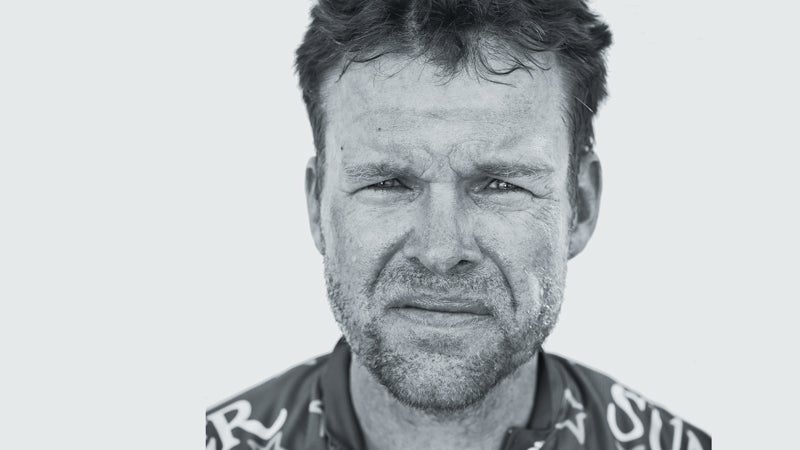THINK BIG: Not all cross bikes are good for gravel. You want handlebars with multiple hand positions and room for bigger tires—32 millimeters is not enough. I’ve been happy racing the (from $1,500), which has a third bottle mount under the down tube.
ROLL BIGGER: Choose the tire size that you think you want, and then go a little bigger. The extra width might be a bit slower overall, but when you get tired you’ll appreciate the added traction and security. For training, I’ve been running the 40-millimeter ($50). On race days, I’ll run a 38 millimeter.
SPIN SMALLER: I always go compact, with a 50×34 chainring up front and an 11×28 cassette. That’s big enough to sprint full out and keep up with the group at the fastest moments, but still small enough to stay fresh climbing, even at events with big ascents like .
PACK IT ON: I’ve been happy with Specialized’s ($150), a plastic box that bolts onto a bottle cage and carries a tool, tube, inflator, and other essentials. Revelate also makes a bunch of useful packs, including the top-tube-mounted ($55), the ($70), and a bar-mounted pocket for food called the ($39).
PRACTICE EATING: Figure out what works for you before the race. For me, it’s ($30 for ten packets) in my water bottles and ($12 for eight packets) for snacks. But it’s personal. The year I set the course record at the Kanza with Rusty Folger, he downed a piece of pizza at the final aid station.


